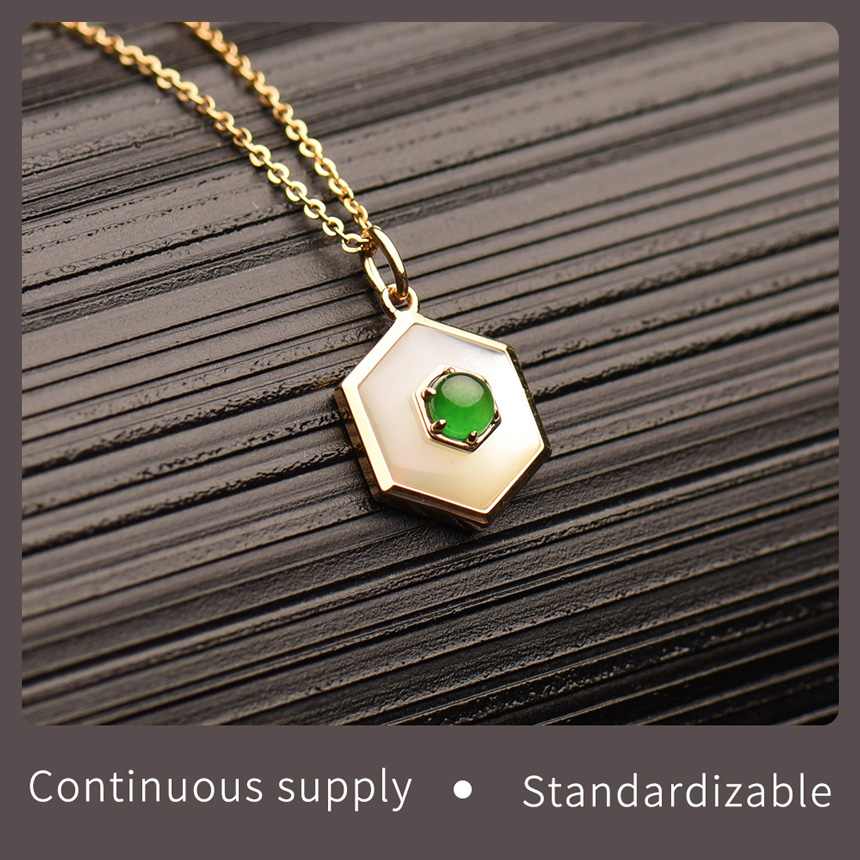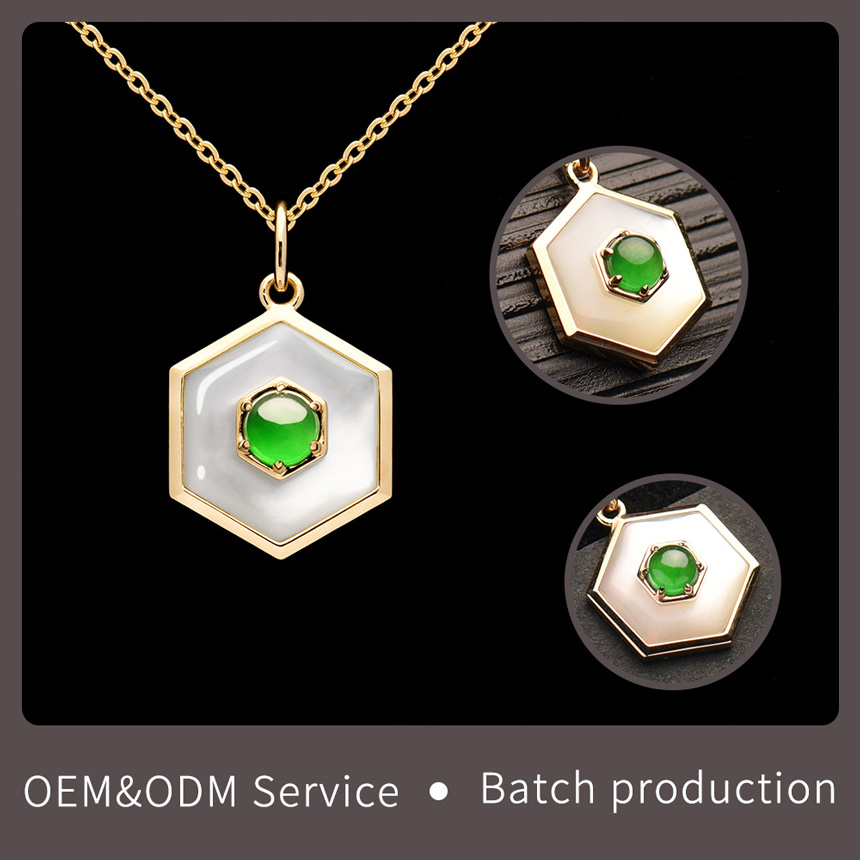Alpaca comes from an animal called "Alpaca" (also known as "Albaka"), which grows mainly in the Peruvian Andes. The Andes are at an altitude of 4,500 meters. The temperature difference between day and night is very high. At night, it is -20 to -18 °C, while during the day, it is 15 to 18 °C. The sunlight is strong, the atmosphere is thin, and the wind is cold. Alpacas that live in such a harsh environment are of course able to withstand extreme temperature changes. Alpaca not only moisturizes, but also effectively resists solar radiation. Alpaca fibers contain a medullary cavity visible under the microscope, so its warmth is better than wool, cashmere and mohair.
In addition, alpaca fiber has more than 17 kinds of natural color: from white to black, and a series of different shades of brown, gray, is the most abundant fiber in the special animal fiber. The "Albaka" we see on the market refers to alpaca; and "Su Li" is one of alpaca and refers to adult alpaca, with long fibers and beautiful colors; often said The "beibei" is an alpaca cub, and the relative fibers are finer and softer. The alpaca hair feels slippery and keeps warm.
Maya jadeite is natural high-quality green jadeite A grade (no treatment) sourced from the Republic of Guatemala in Central America.
It is referred to as "Guatemala jadeite" in the market.
The use of jade in Guatemala actually has a very long history. As early as the Olmec civilization, Mayan civilization, and Aztec civilization, jade was used to make sacrificial supplies, and its use has a long history.
The physical structure, physical properties, and main components of Guatemalan jadeite are basically the same as those of Myanmar jadeite (Burmese material).


Jade Jewelry,Jadeite Jade Jewelry,Natural Jadeite Jewelry,Natural Jade Jewelry,Natural Jadeite Jade Jewelry
Guangzhou Forever Star Jewelry Limited Company , https://www.iforeverstar.com
![<?echo $_SERVER['SERVER_NAME'];?>](/template/twentyseventeen/skin/images/header.jpg)